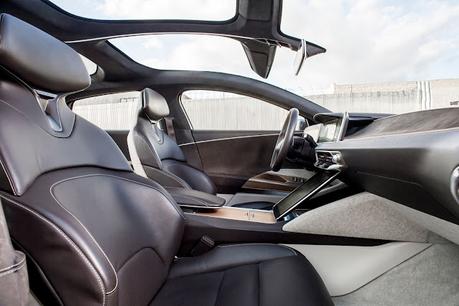Automotive interior materials include the seats, dashboard, door panels, headliner, and floor of a car. These components are crucial for improving the inside of a car's comfort, appearance, and operation.
The interiors of cars can be made of a variety of materials, including fabric, vinyl, plastic, leather, and synthetic leather. Each material has certain qualities, benefits, and drawbacks.
High-end automobiles frequently employ leather since it is a luxurious and reliable material. It provides a high-end appearance and feel and excels in durability and resilience to wear and tear. However, it can be difficult to maintain and is also expensive.
Faux leather, commonly referred to as synthetic leather, is a man-made substance created to resemble the appearance and texture of real leather. It is a popular option for many automobiles since it is less costly than real leather and needs less upkeep. It might not be as strong or long-lasting as genuine leather, though.
Cloth is a popular choice for the seats of many vehicles. It is affordable, comfortable, and easy to clean. However, it may not be as durable as other materials, and stains may be difficult to remove.
Vinyl is a synthetic material that is durable, easy to clean, and resistant to water and stains. It is commonly used for the seats and dashboard of many vehicles. However, it may not offer the same level of comfort and luxury as leather or cloth.
Plastic is a lightweight and inexpensive material used for various interior components, such as the dashboard, door panels, and center console. It is easy to clean and maintain, but it may not offer the same level of aesthetics and durability as other materials.
Automotive interior materials must meet various requirements, such as safety, comfort, durability, and aesthetics. They must also comply with various regulations and standards, such as flammability and emissions standards. Manufacturers must carefully select the appropriate materials for each component of the vehicle's interior, taking into account factors such as cost, performance, and customer preferences.
The need for eco-friendly and sustainable materials in automobile interiors has increased recently. To lessen the environmental effect of their automobiles, several manufacturers are looking at alternative materials including biodegradable polymers, natural fibres, and recycled plastics.
Automotive interior materials are essential for improving the functionality, comfort, and appearance of a vehicle's interior. When choosing the right materials for each component, manufacturers must carefully consider aspects like comfort, durability, safety, and aesthetics. New and more sustainable materials are being developed for automobile interiors as a result of the industry's increased focus on environmentally friendly and sustainable materials.

